(CNN) — Often referred to as the “Spice Islands”, the archipelago of Zanzibar is made up of a necklace of islands that bead their way down the shore of East Africa, off the coast of Tanzania.
There’s the main island, which has a UNESCO World Heritage Site for its capital, sister island Pemba, with its extensive clove plantations and the neighboring Mafia Archipelago, known for its majestic coral reefs and whale sharks.
Others offer luxury retreats, diving adventures and secret sea life.
Here are six of the best islands in and around the Zanzibar Archipelago.
Zanzibar (Unguja Island)
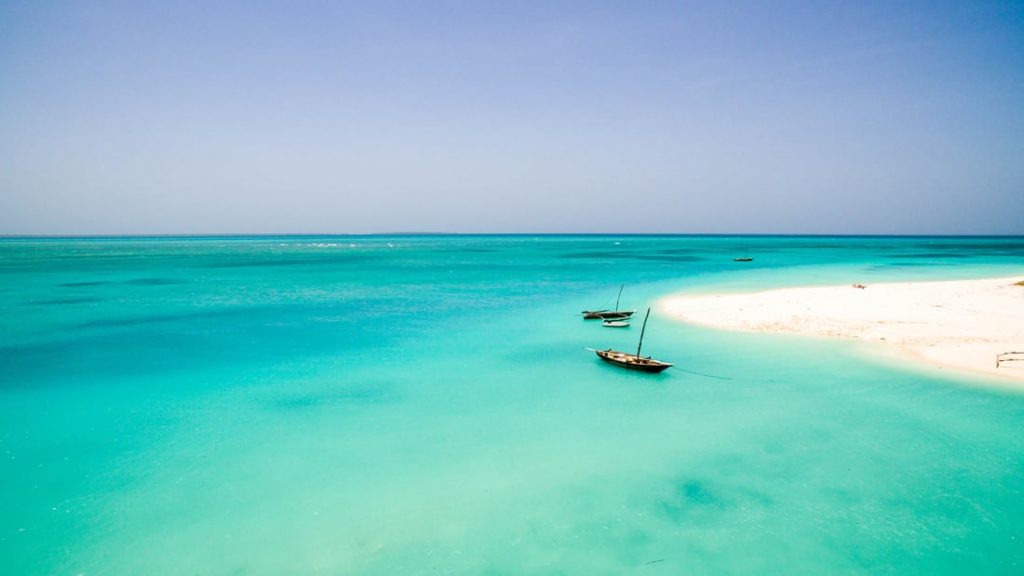
The largest island in an archipelago of dozens, Zanzibar is actually named Unguja but referred to as Zanzibar colloquially.
Located 35 kilometers from Tanzania’s mainland, it’s 85 kilometers at its greatest length and 39 kilometers wide.
Several islands hug its shores tightly including Chumbe and Mnemba, and while it’s laced with many beautiful salt-white beaches, Nungwi, Matemwe, Jambiani and Bwejuu are considered the loveliest.
The island holds dozens of hotels that cater to every penchant and pocket.
In Matemwe, there’s the Asilia Africa-owned Matemwe Retreat, on Nungwi, right on the northern tip of the island Flame Trees Cottages may suit yoga bunnies with less deep pockets whilst the stunning Essque Zalu Zanzibar offers the ultimate in tropic island exotic luxury.
There’s also the high end Park Hyatt Zanzibar, which serves the best breakfast in town, the atmospheric Emerson Spice and the cheap and cheerful Stone Town Cafe, an excellent B&B.
The exotic extends in the island’s ancient and prodigious spice trade — lush little farms flourish here, while vanilla and pepper vines clamber into clove and cinnamon trees.
No trip to Zanzibar would be complete without a visit to its capital Stone Town, a protected UNESCO World Heritage Site.
The island’s flamboyant capital is imbued with cultural piquancy and chock full of glorious old buildings, testament to its colorful history. The House of Wonders, or Beit-al-Ajaib, stands majestic on the waterfront, its impressive facade standing sentinel over the shore.
Meanwhile the Slave Market is a harrowing reminder of the horrors of human trafficking while The Old Customs House, built in 1865, serves as a memento from the island’s time as a busy trading post.
There are heaps of fabulous little shops tucked into narrow streets including local designer Doreen Mashika, and the glorious Mrembo Spa for locally grown flowers, herbs and spices.
As for eateries, The Taperia is a cool verandah tapas bar above the old Post Office, The Tea House at Emerson Spice is a glorious rooftop restaurant with views at minaret height across Stone Town towards the sea. Indulge in the specialty dégustation menu, and last but by no means least, dinner at The Secret Garden, tucked into a courtyard of an old Omani palace, is about as special as it gets.
Pemba Island
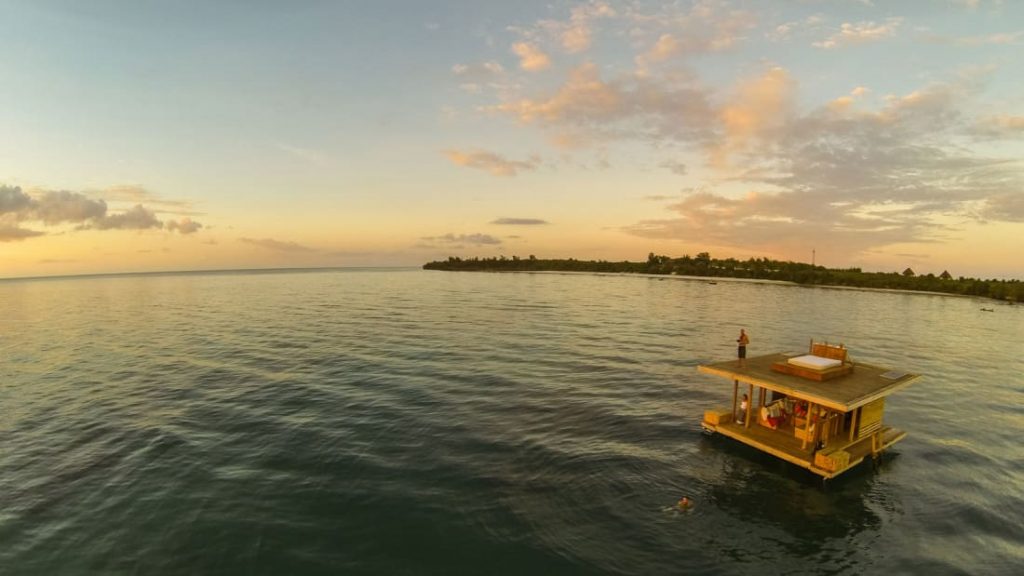
While Zanzibar’s famous clove industry is commonly associated with the main island, Pemba produces the lion’s share of cloves in the region today.
Nicknamed the “The Green Island” as it’s hillier and more fertile than its sister island, Pemba is a 40-minute flight by light aircraft from Dar es Salaam. It’s 48 kilometers north of Zanzibar and smaller in size.
It’s also much quieter, with far fewer tourists and only a handful of hotels.
Manta Resort, based right at the northern most point of the island, boasts a unique underwater room that floats offshore, with its own rooftop deck and lounge at sea level.
Its showpiece is a glass-walled bedroom submerged four meters beneath the surface of the sea and complimented by the marine protection area the hotel has created around it.
And this is part of what makes Pemba a truly tropical paradise — its astonishing underwater seascapes and prolific, brilliantly colored marine life and as such, it offers some fabulous diving.
Misali, a marine conservation area just eight kilometers off Pemba’s west coast, provides some of the best diving in East Africa, as well as a turtle nesting sanctuary.
The Zanzibar Ocean Panorama Hotel in Mkoani in the southern reaches of the island will arrange tours.
Meanwhile the Kidike Sanctuary houses a spectacular colony that holds some 4,000 of island’s flying foxes, a large bat indigenous to the island.
The population of the sanctuary is allowed to thrive peacefully as a local burial site nearby keeps human traffic down.
Mafia Island
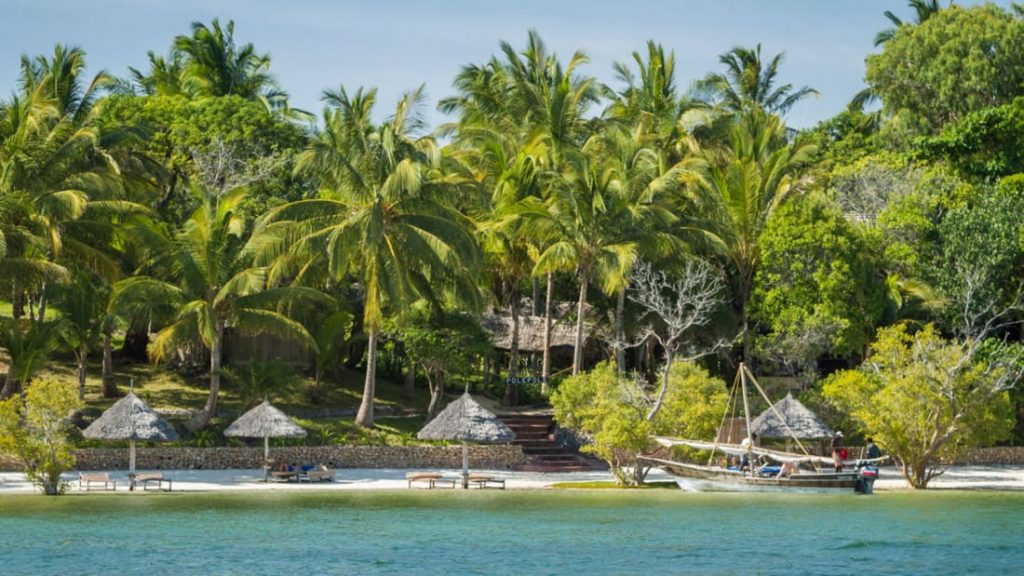
Taking its name from the Arabic word “morfiyeh,” which means “group of islands,” Mafia is the third biggest of the isles that dot the Tanzanian coast.
Although many assume it’s part of the Zanzibar archipelago, Mafia is governed from the mainland and forms part of another small cluster of islands and atolls in the region.
It lies to the south of Zanzibar and was once an important stop over for the trading vessels — from Egypt, Rome, Portugal and Greece — that plied these waters centuries ago.
Like Pemba, Mafia is far less busy than Zanzibar and has some of the best diving in the world.
The waters around the island are — on account of mainland rivers that tip into the sea here — extraordinarily fertile, meaning they host an astonishing population of whale sharks and are a popular breeding ground for humpbacks which return every year to breed.
There are several places to stay, amongst the nicest is eco lodge Pole Pole (which in Kiswahili translates as “slowly, slowly,” an invitation to kick back and take it easy) on the southern end of the island with easy access to the marine conservation areas.
Other places that come recommended include Butiama Beach Hotel on the west coast.
Mafia Diving is an exceptional little operation within walking distance of Pole Pole that won’t just accommodate your underwater adventures such as swimming with whale sharks and reef diving.
They’ll also take you on sunset cruises through the Mafia archipelago, to watch turtles hatching on Juani island and visit what is possibly East Africa’s only fruit bat sanctuary — for Comoros lesser fruit bat — on little Chole Island, a 10 minute boat ride from Pole Pole.
Here you’ll also be able to explore gracefully decaying 19th century ruins and then slake your thirst with a beer at the Red Herring bar and enjoy fabulous sea views.
Chumbe Island
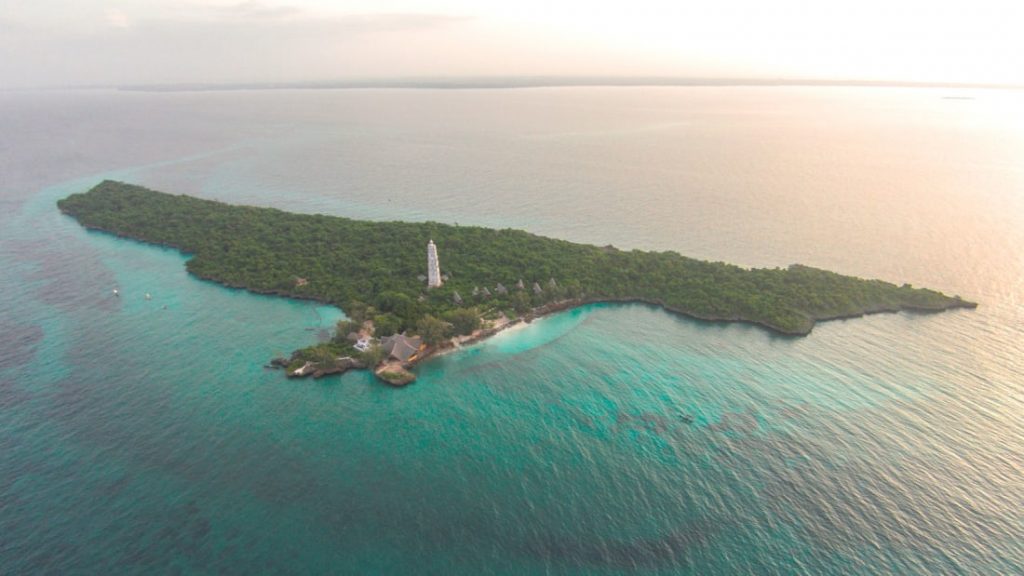
Positioned a few kilometers off of Zanzibar, Chumbe is landmarked by a tall lighthouse, a sort of giant “You’re Here!” exclamation mark which rises sharply, bone white, piercing the blue of the sky.
Built by the British in 1904 by the British, the lighthouse has a place in the annals of maritime history.
It witnessed the famous sea battle between the “Koenigsberg” and “Pegasus” on September 20, 1914 in the German-British skirmish that became known as The Battle of Zanzibar.
Fitted with gas in 1926, the lighthouse still works today and winks encouragingly all night long at the dhows which ply these waters.
The island and its surrounding waters were proclaimed as Chumbe Island Coral Park, the first privately established, privately managed marine protected area in the world, in 1994.
Founded by German former aid worker Sibylle Riedmiller, who first swam in the waters surrounding the island 25 years ago, it is fully-funded through ecotourism.
The reefs here present extraordinary diversity — J.E.N. Vernon from Australian Institute of Marine Science has described them as “one of the most spectacular ‘coral gardens’ anywhere in the world.”
More than 200 species of hard coral, and 450 fish species live within the mile stretch of the eastern side of the island.
Unusually — and pleasingly — for a reef on the tourist circuit, only observational surface snorkeling is allowed, although diving is prohibited.
But Chumbe isn’t just home to a secret host of sea life, it also boasts enormous, endangered coconut crabs and rare Aders’s duiker.
The first of these elusive creatures was brought to the island in 1998 in a bid to secure safe haven for one of the most threatened species of antelope.
The eco bungalows, seven glorious chalets raised on stilts, are the only accommodation available and also the only place to eat.
But you can easily enjoy Chumbe as a day trip from Zanzibar, snorkel the reefs and walk the coral rag island.
If spending the night, guides will escort you after dark in search of crabs. The coconut crab is the planet’s largest land living anthropoid and can weigh up to five kilograms and live 60 years.
They use a highly developed sense of smell to source food, including coconuts, which they pluck from trees and crack open with their claws like giant nutcrackers.
Mnemba Island
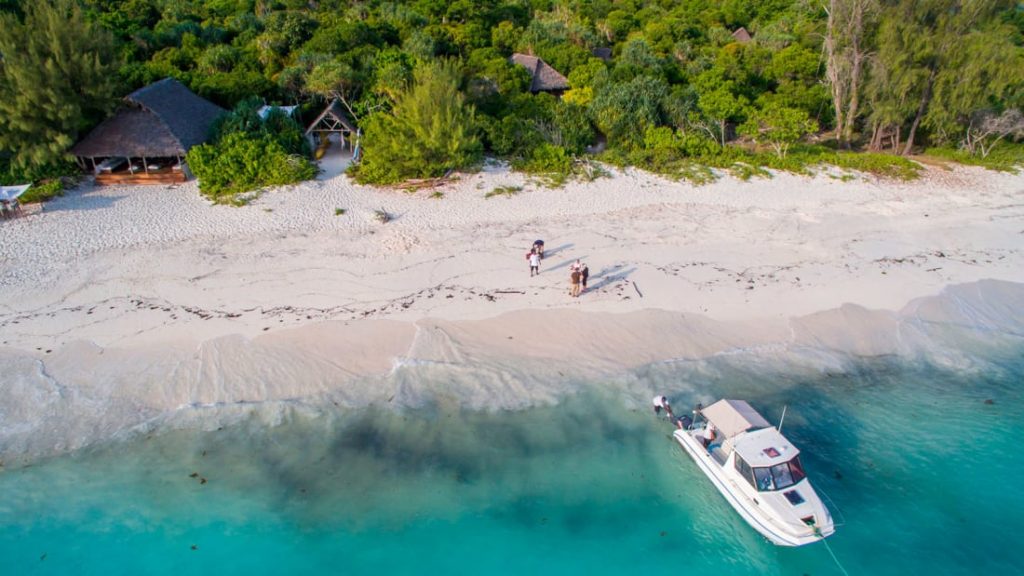
Dubbed the “Millionaire’s Island,” &Beyond Mnemba Island lies just 4.5 kilometers off the north eastern tip of Zanzibar.
At just 500 meters in diameter and 1.5 kilometers in circumference, this tiny island is wrapped by an oval reef — known as the Mnemba Atoll — a marine conservation area.
Tantalizingly close yet out of reach of mere mortals’ pockets, it’s reached via a 90-minute drive from Stone Town through the lush spice plantations that blanket Zanzibar Island.
Guests then board a boat for the last 20 minutes of the transfer.
Mnemba Island is the single lodge here and it’s composed of just 10 beachside “bandas,” which offer the ultimate in barefoot luxury escape.
Even if the lodge is at a capacity, you’ll be one of less than two dozen guests, with three members of lodge staff on hand to address your every whim.
This tiny destination isn’t just famed for its price tag (with a night’s stay starting at around at around $1,155 per person per night), it’s also celebrated for the privacy it affords and its role in marine conservation.
A monitoring and protection project for the green turtles that nest here has been in place for over two decades, with staff documenting all turtle breeding activities.
Whilst the island presents the perfect option to sit on the beach and do precisely nothing other than watch the sea and the sky, you can get active if you choose thanks to an on site Professional Association of Diving Instructors center as well as kayaking and snorkeling opportunities.
Thanda Island
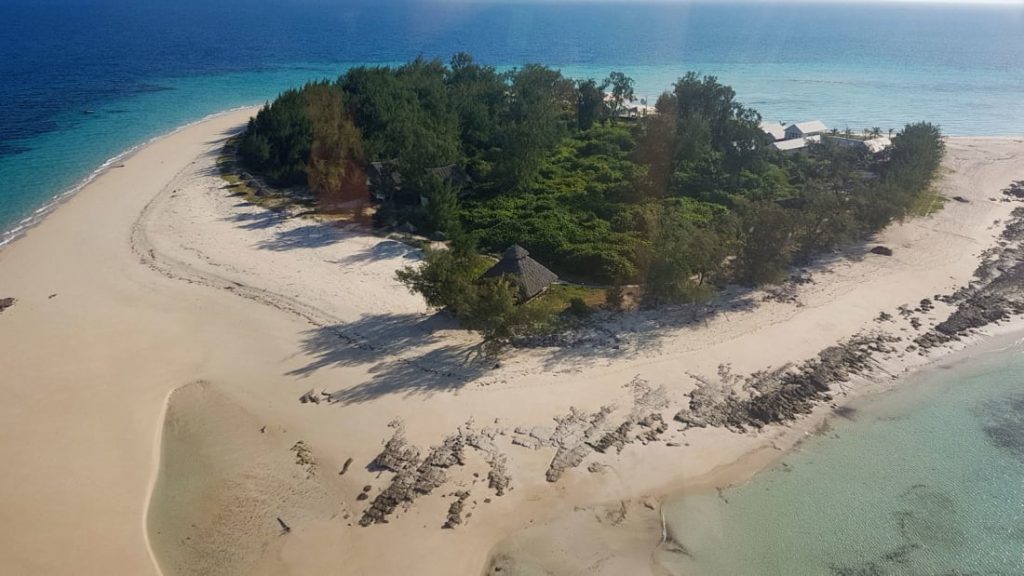
Thanda, also known by its original name Shungu Mbili is, together with the similarly uninhabited islands of Nyororo and Mbarakuni, cupped between Mafia and Tanzania and situated within its own marine park.
Part of the Mafia Island district, it’s owned by Swedish entrepreneurs and philanthropists Dan and Christin Olofsson, who discovered it while embarking on a hunt for a private island retreat in 2006.
They spotted the miniscule island from the air whilst on reconnaissance along the Tanzanian coast, a teardrop with an emerald interior and a salt white hem of beach in aquamarine waters.
Measuring just 250 by 200 meters, it only takes 20 minutes to circumnavigate on foot.
Thanda offers some of the most sumptuous island living you’ll find — a sprawling luxurious beach house, more Martha’s Vineyard than tropic exotic.
The villa, which you hire in entirety, sleeps 10 adults in five huge en suite bedrooms with extra space for kids.
On the other side of the island are a couple of Robinson Crusoe type chalets built off the ground with vast thatch roofs, to accommodate the rest of your enormous party, bringing the island to a nine-bedroom destination.
The sea around Mafia is noted for its diving and Thanda works well as a launch point — Chole Bay is exceptional.
The deeper channels around the islands are home to at least two endangered species; the docile dugong (or sea cow) is thought to find refuge here, and the small islands around the archipelago — including Shungu Mbili — remain popular breeding grounds for turtles.
If you book Thanda, you book the whole island — with all its toys (skis, jet skis, kayaks and boats).
You’ll be secluded from the world as it comes with more than a kilometer of sea buffer. Not even the paparazzi can get close here.
